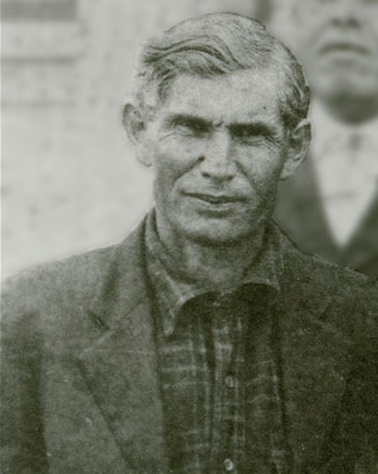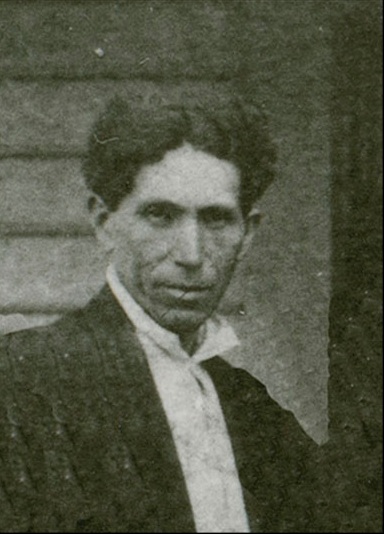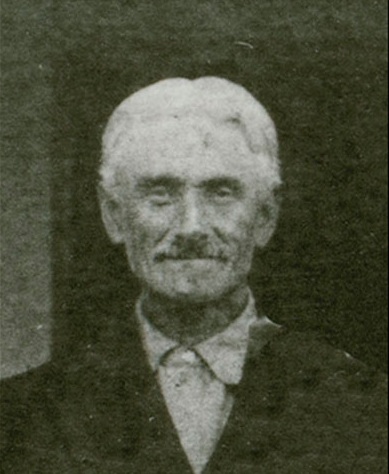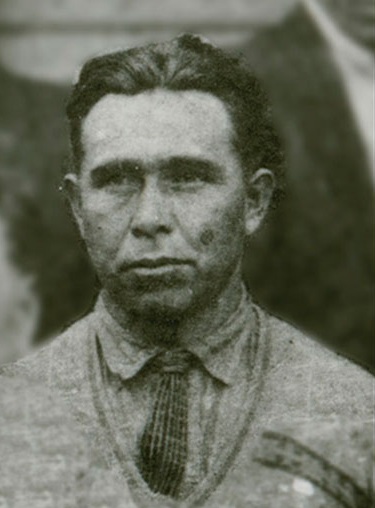| home |
|
Tribal Council Exhibit Main Menu > Tribal Councils Past & Present
|
|||
| Jamestown S'Klallam Tribal Council, Past and Present | |||
Clallam Executive Committee 1920s |
|||
|
The SíKlallam people began to work within the realm of white governance in the late 19th and early 20th centuries. Their leadership models naturally shifted to better meld with the expectations of the settlers and the American style of representative government, in which leaders spoke for their people.
In 1925, since none of the Clallam bands had gone to the Skokomish reservation (as required by the treaty), the government passed the Clallam Relief Act to compensate Clallam Indians. The Act stated that Clallam Tribal members were entitled to payment. In order to determine who would receive payments, the Clallam Executive Committee was formed in the 1920s. The committee (called the Clallam Indian Tribal Committee in court documents), was: Joe Allen (Allen family), Chair, Wilson Johnson (Johnson family), William Hall (Hall family) and David Prince (Prince family) from Jamestown; Charlie Hopie, Sam Ulmer and Ernie Sampson from Lower Elwha; and Sammy Charles, Peter Jackson, Joe Anderson and Bennie George from Port Gamble. These men were tasked with determining who was entitled by Clallam blood quantum to be included in the 1926 payment rolls and therefore receive per capita land claim compensation. Of 1226 applicants, 533 people were able to prove Clallam ancestry. A total of $400,000 was allocated for the Clallams. On June 23, 1926, a per capita allotment of $722.33 was paid to each of the people on the 1926 payment roll.
Because the 1926 payment roll also lists which SíKlallam band (now Tribe) each person came from (Lower Elwha, Jamestown or Port Gamble), and because it is known that Tribal representatives (rather than Indian agents) were involved in creating that roll, it became the basis for enrollment in the Jamestown SíKlallam Tribe when Jamestownís application for federal recognition was submitted to the federal government. The same roll is used today, as specified in the Tribeís Constitution and Bylaws, for determining Jamestown lineage and blood quantum.
|

Joe Allen (Allen family) Served on the Clallam Executive Committee and as Tribal Council Chair from 1910-1926

Wilson Johnson (Johnson family) Served as Tribal Council Chair in the 1940s
|

William Hall (Hall family) Served as Tribal Council Chair

David Prince (Prince family) Served as Tribal Council Chair from 1946-1948
|
|

|
Page 2 |

|
|
|
|||||||||||||

